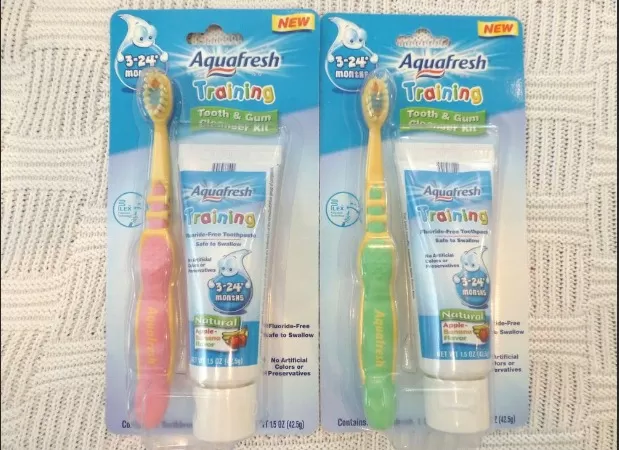35 Creative Uses for Everyday Items (Part 3).When used imaginatively, ordinary items can indeed possess a form of practical magic. It’s the ability to see beyond their conventional functions and tap into their hidden potential that transforms these everyday objects into extraordinary tools.
Consider a simple mason jar. While it may typically serve as a container for preserving fruits or pickling vegetables, it can take on a multitude of roles. It becomes a charming candle holder, a whimsical vase for freshly picked wildflowers, or a stylish way to organize your kitchen utensils. This metamorphosis is the result of imagination and creativity at work, turning the mundane into something enchanting.
Similarly, a wooden pallet can transcend its role as a shipping platform to become a rustic coffee table or a unique vertical garden. Old crates become trendy storage solutions, and discarded window frames transform into captivating wall art.
The magic lies not only in repurposing items but also in the satisfaction of breathing new life into them. It’s a sustainable and eco-friendly approach that reduces waste and celebrates the beauty of simplicity. Imagination is the key that unlocks this practical magic, inviting us to see the world through a different lens, where the ordinary becomes extraordinary. So, next time you encounter a seemingly mundane item, take a moment to let your imagination roam—it might just reveal its hidden practical magic.
Enhance Your Flower Arrangements with Vinegar

To prolong the freshness of your cut flowers, consider this simple and effective tip: When you purchase cut flowers, mix two tablespoons of white vinegar with two tablespoons of sugar in the water you use for the vase.
This straightforward technique offers two key benefits:.
Bacteria Reduction: The vinegar acts as a natural antibacterial agent, helping to keep the water clean and free from harmful microorganisms.
This, in turn, prevents bacterial growth, which can accelerate the wilting of flowers.
Bloom Nourishment: Sugar serves as a source of nourishment for the flowers, providing them with the energy needed to maintain their vitality and beauty for a longer period.
In addition to the vinegar and sugar solution, it’s essential to follow some best practices for caring for cut flowers:.
During the day, place the vase of flowers away from heat sources and direct sunlight to prevent wilting.
At night, consider storing the vase with the flowers in the refrigerator to further extend their freshness and lifespan.
By incorporating these tips into your flower care routine, you can enjoy the beauty of your cut flowers for an extended period, creating a more enduring and vibrant floral display in your home.
Apple Cider Vinegar: Your Natural Itch Soother
Apple cider vinegar, a common kitchen ingredient, can also be a valuable addition to your first aid kit.
When dealing with the itch caused by mosquito bites, here’s a simple and natural remedy using apple cider vinegar:.
Soak a Cotton Ball: Begin by soaking a cotton ball in apple cider vinegar.
Ensure that the cotton ball is thoroughly saturated with the vinegar.
Apply to Affected Area: Gently apply the soaked cotton ball to the mosquito bite or the affected area of your skin.
Press it lightly to allow the vinegar to make contact with the irritated skin.
Tame the Itch: Apple cider vinegar’s natural properties can help alleviate the itching sensation caused by mosquito bites.
It may also assist in reducing redness and inflammation.
This quick and easy remedy offers relief from the discomfort of mosquito bites without the need for chemical-laden products.
With apple cider vinegar on hand, you have a natural and effective solution to soothe itchiness and promote skin comfort.
Toothpaste Beyond Oral Care: A Household Cleanser

A toothpaste containing baking soda, renowned for its versatility, isn’t just for oral hygiene—it can also serve as a handy household cleaner.
Here are a couple of ways to leverage non-gel toothpaste for household cleaning tasks:.
Banish Odors from Food Containers: If you have reusable food containers that retain lingering odors, you can freshen them up by scrubbing with a baking soda-based toothpaste.
The toothpaste’s mild abrasiveness can help remove odor-causing particles and leave your containers smelling clean.
Revive Your kitchen sink: Toothpaste can also be used to clean and polish your kitchen sink.
Apply a small amount of non-gel toothpaste to a cloth or sponge and use it to scrub the sink’s surfaces. This simple technique can help restore a bright shine to your sink.
By keeping a tube of baking soda toothpaste in your cleaning arsenal, you have a multi-purpose tool for tackling various cleaning challenges around the house.
It’s an excellent example of how everyday items can have surprising uses beyond their primary function.
Bobby Pin to the Rescue: Toothpaste Tube Saver
For those who share a bathroom with someone whose toothpaste-squeezing habits are a source of frustration, a simple bobby pin can bring order and harmony to the household.
Here’s a clever trick to help you make the most of your toothpaste:.
Apply a Bobby Pin: Place a bobby pin at the end of the toothpaste tube, near the opening where toothpaste is dispensed.
Squeeze from the Bottom: Instruct users to slide the bobby pin up from the bottom of the tube when dispensing toothpaste.
This encourages them to squeeze from the lower portion of the tube, allowing for a more efficient use of the product.
By using this ingenious solution, you can help ensure that every last drop of toothpaste is put to good use, minimizing waste and potentially extending the life of the tube.
This small but effective trick can bring a bit of order to your bathroom and prevent toothpaste from prematurely making its way onto your shopping list.
Elevate Your Decor with Scarf Art

While Living Rooms, kitchens, and bedrooms often take center stage in home decorating, don’t forget about the potential to add beauty and personality to less formal spaces like dorm rooms, garages, and other areas.
One creative and budget-friendly way to introduce color and charm to these spaces is by using textiles as wall decor. Here’s how to do it:.
Choose Your Textile: Begin by selecting an attractive scarf, tablecloth, rug, or any textile that resonates with your decor style and color scheme.
Mount with Adhesive Clips or Strips: To hang your chosen textile on the wall, you can use adhesive Command clips or strips.
These handy and damage-free solutions provide a secure way to attach the textile to the wall without causing any harm.
Display with Style: Hang the textile in a prominent location on the wall, making sure it’s properly secured.
Consider different arrangements and orientations to achieve the desired visual impact.
Using textiles as wall art is a versatile and cost-effective way to infuse color, texture, and personality into any space.
Whether you’re aiming to beautify a dorm room, garage, or any other area, this simple yet effective decorating idea allows you to create a more vibrant and cheerful environment.
*The information is for reference only.